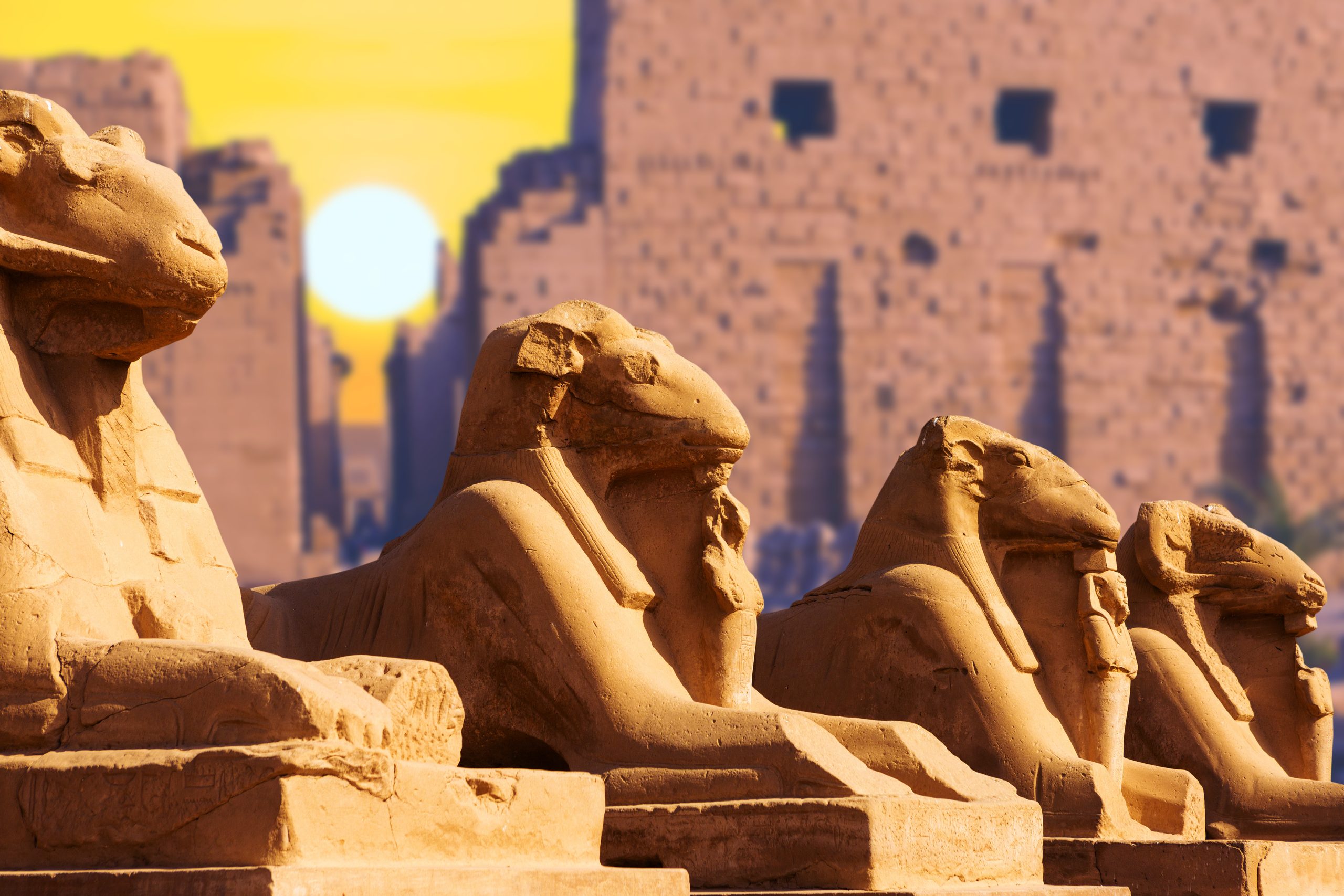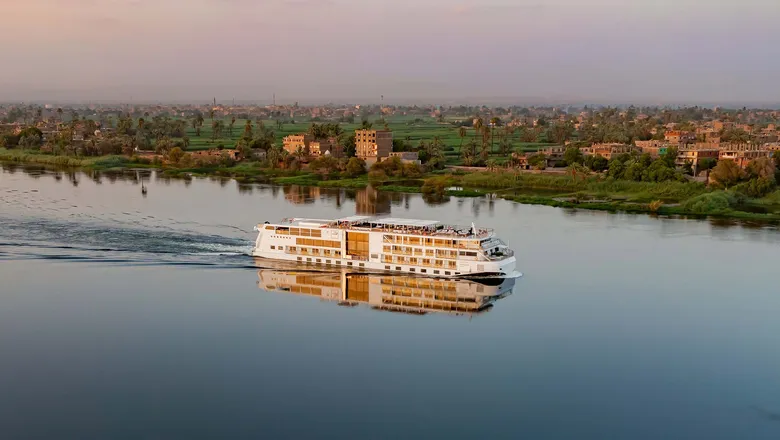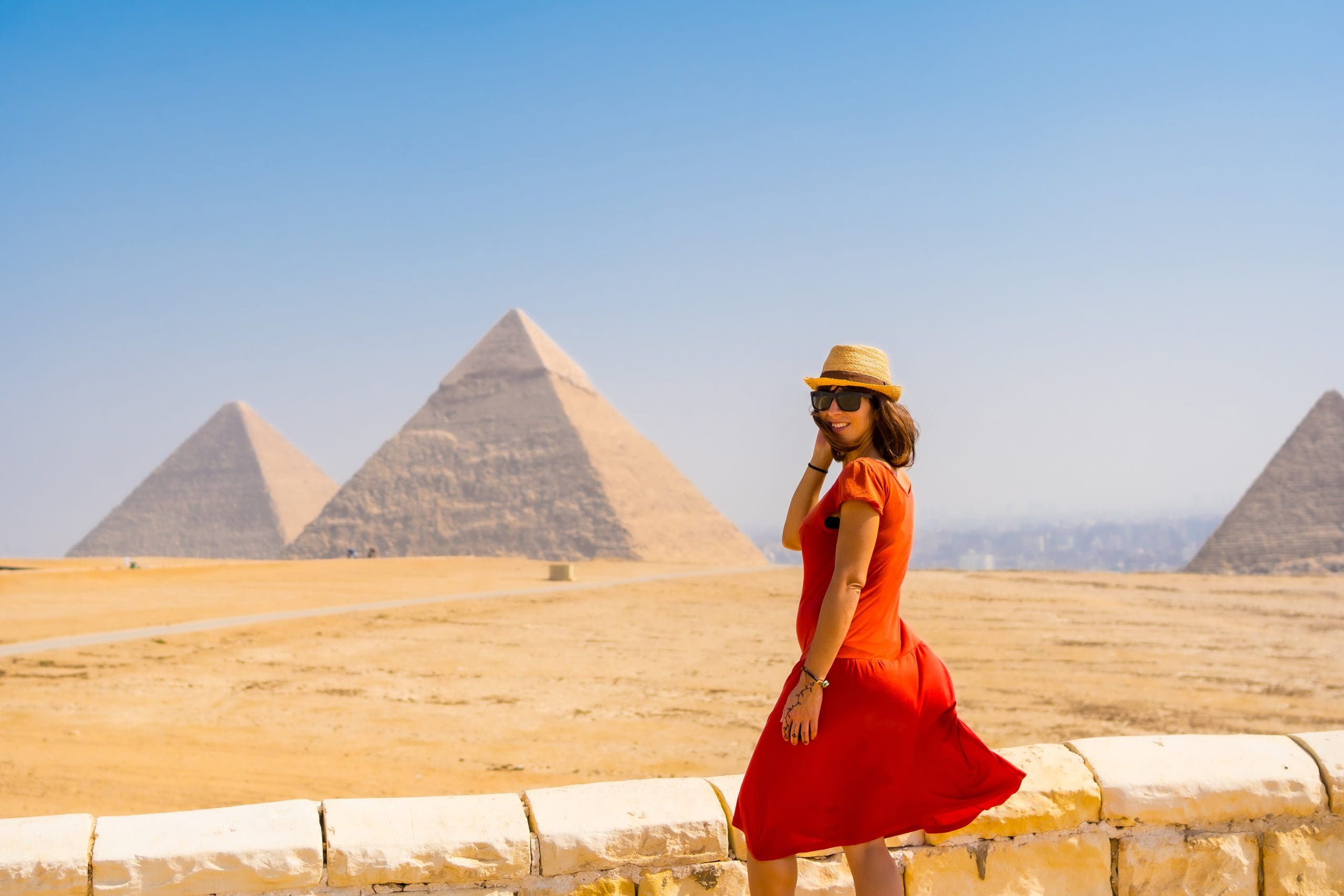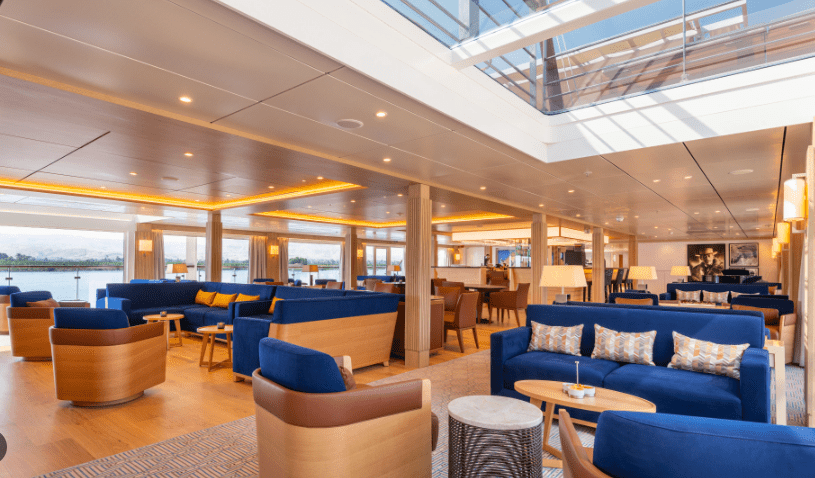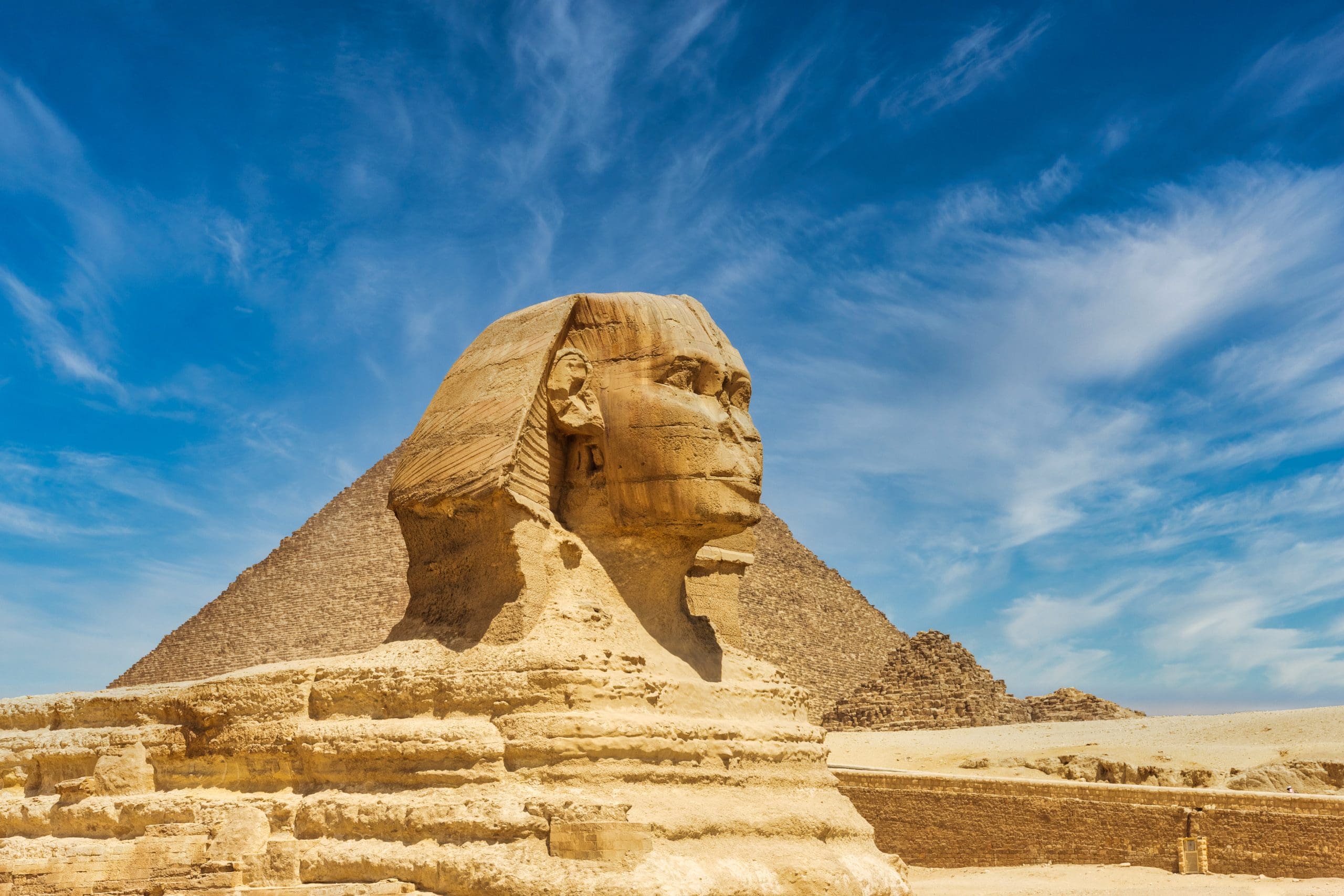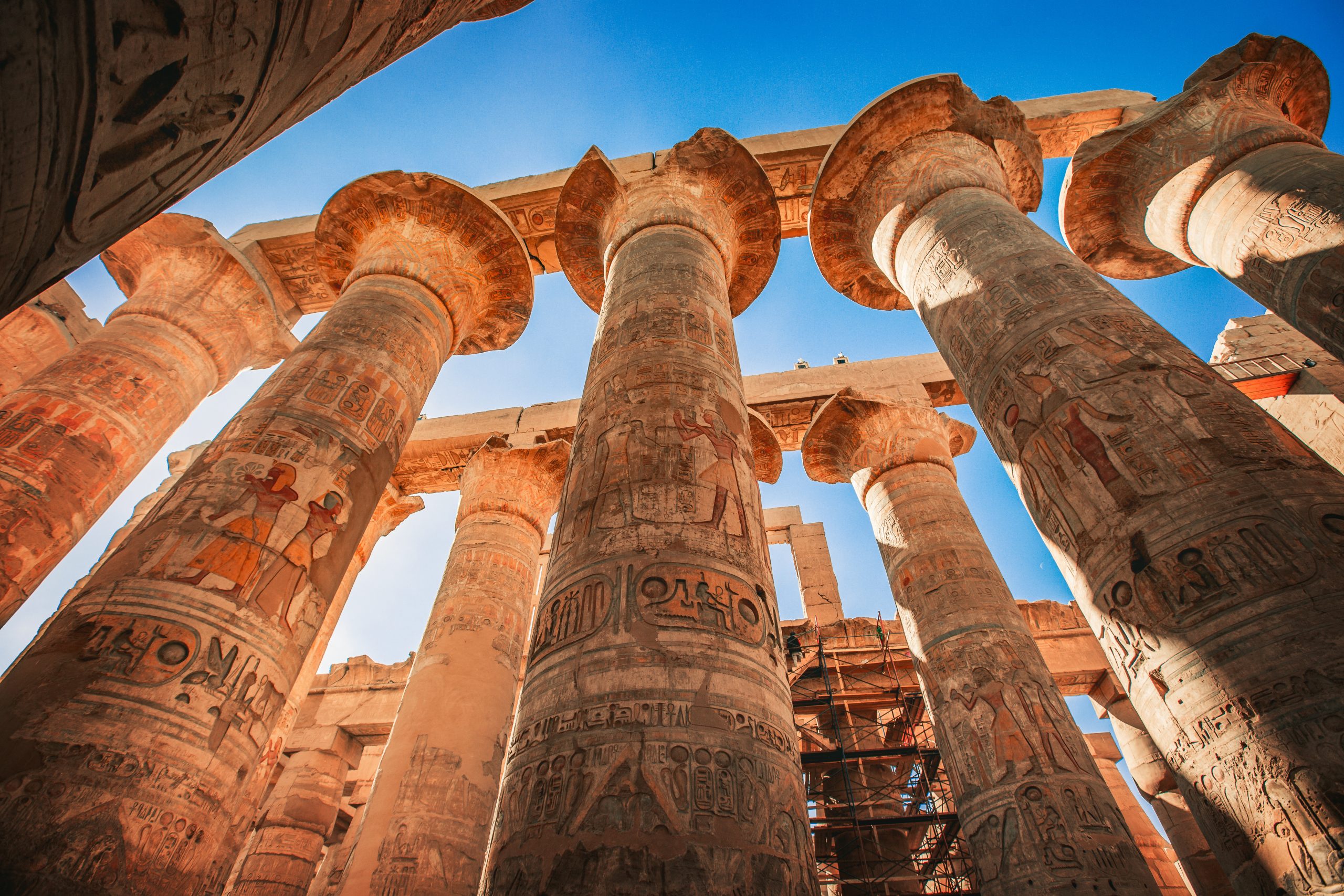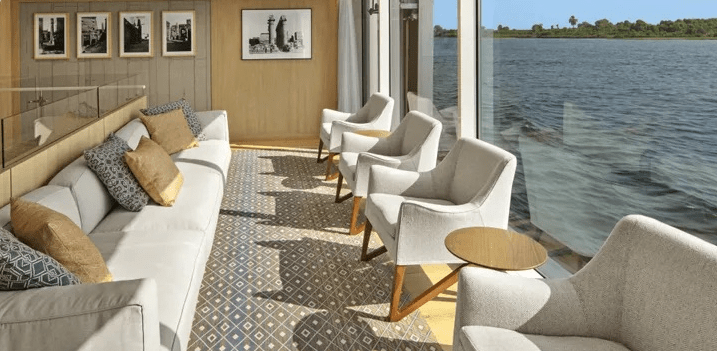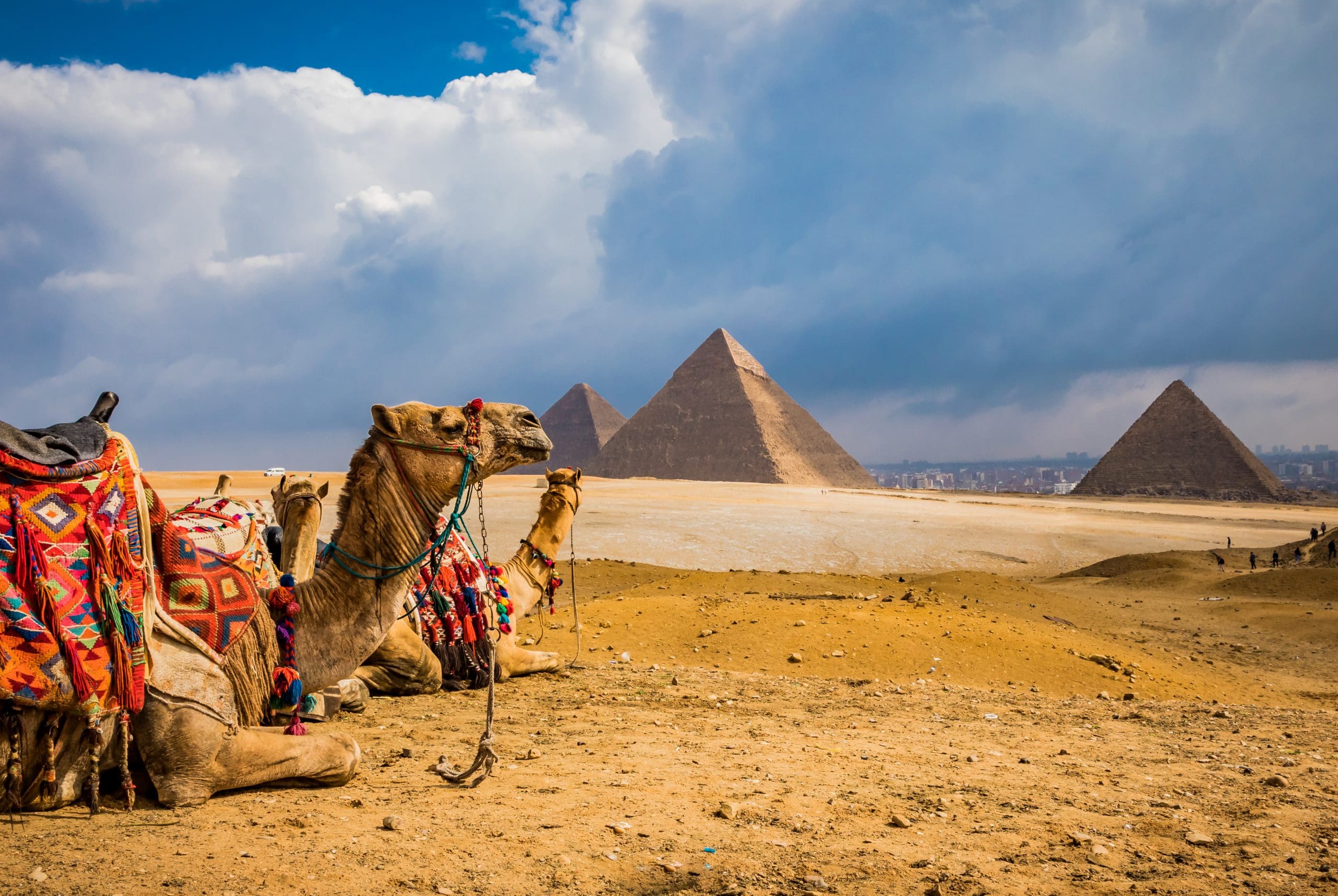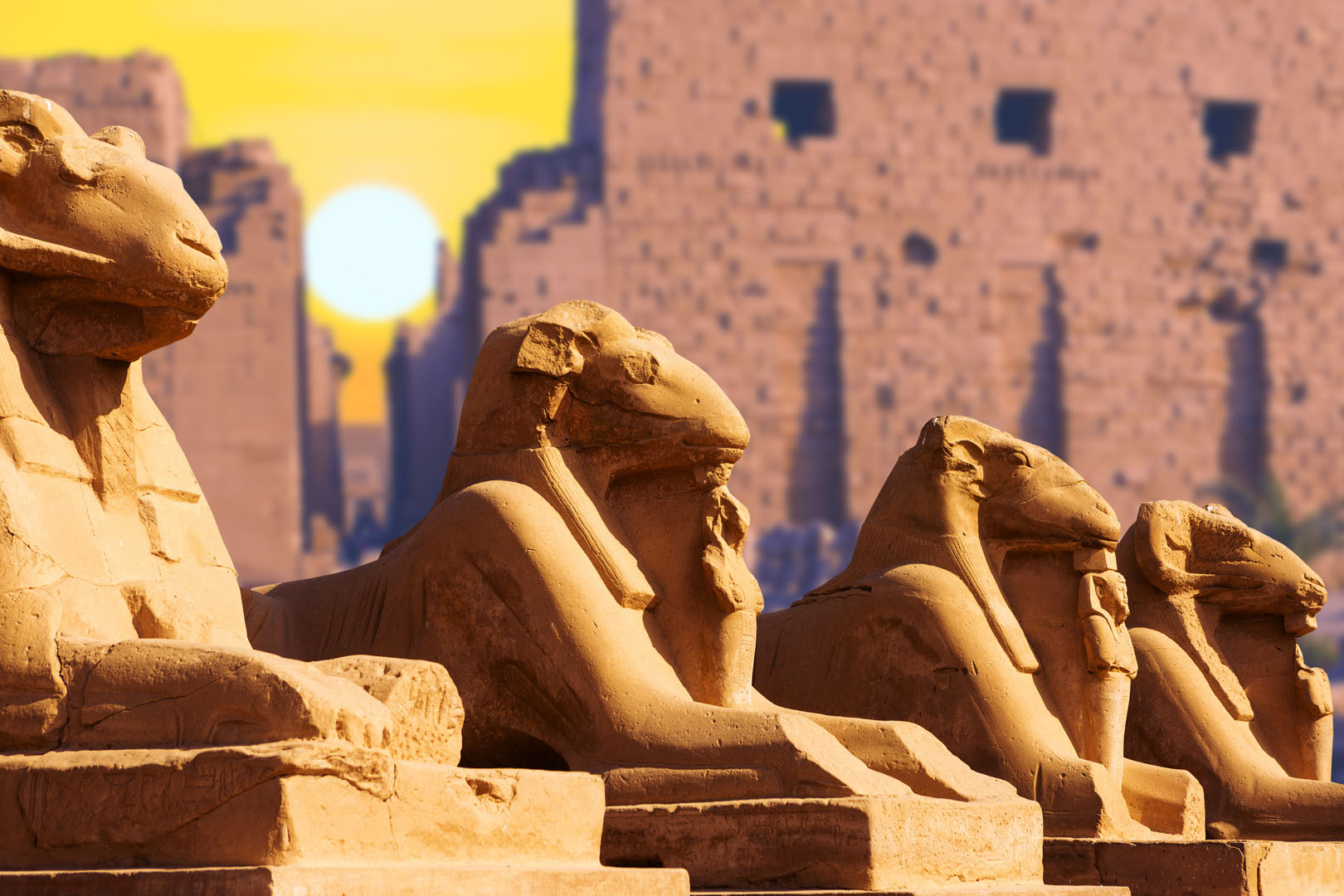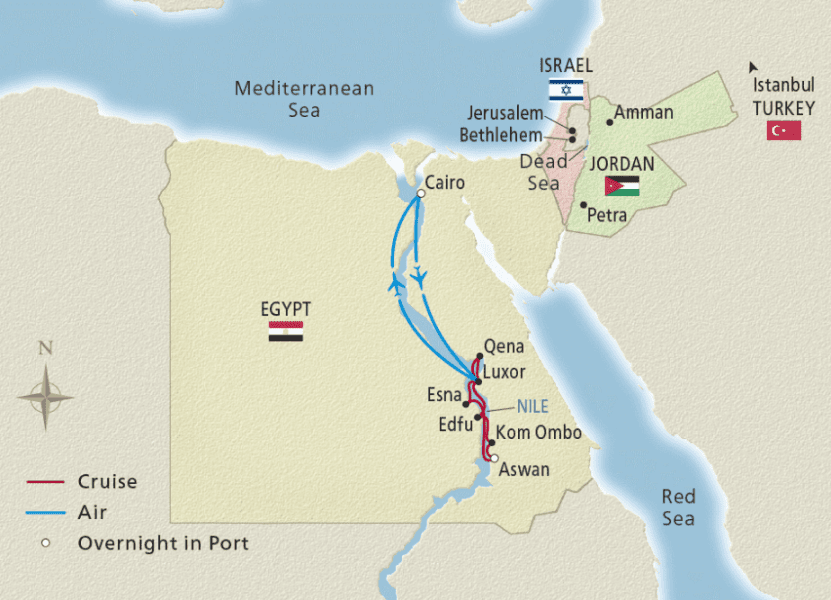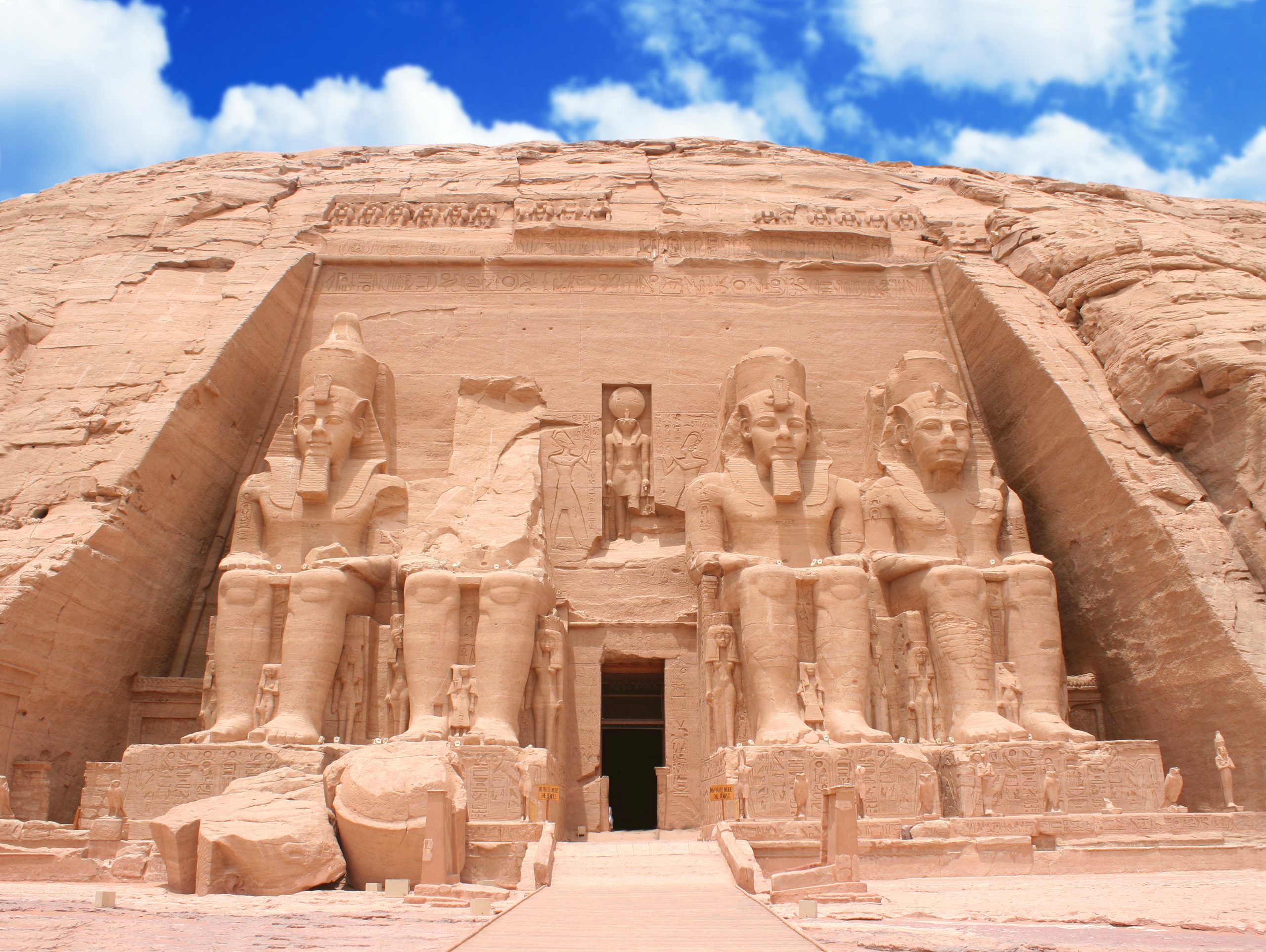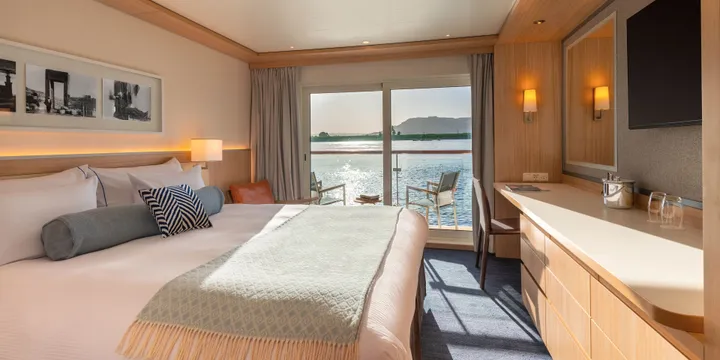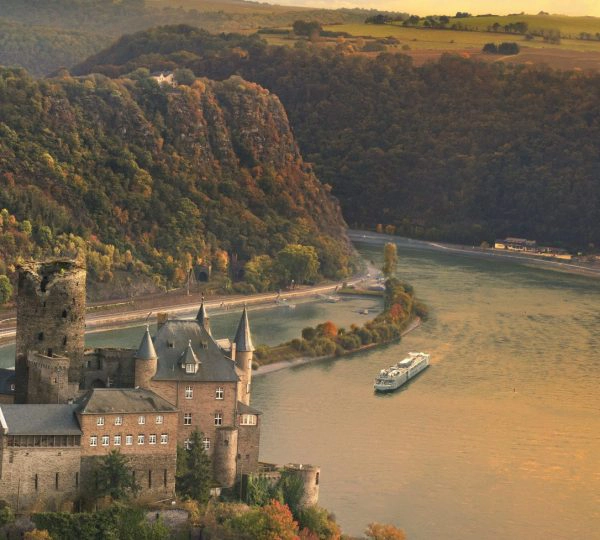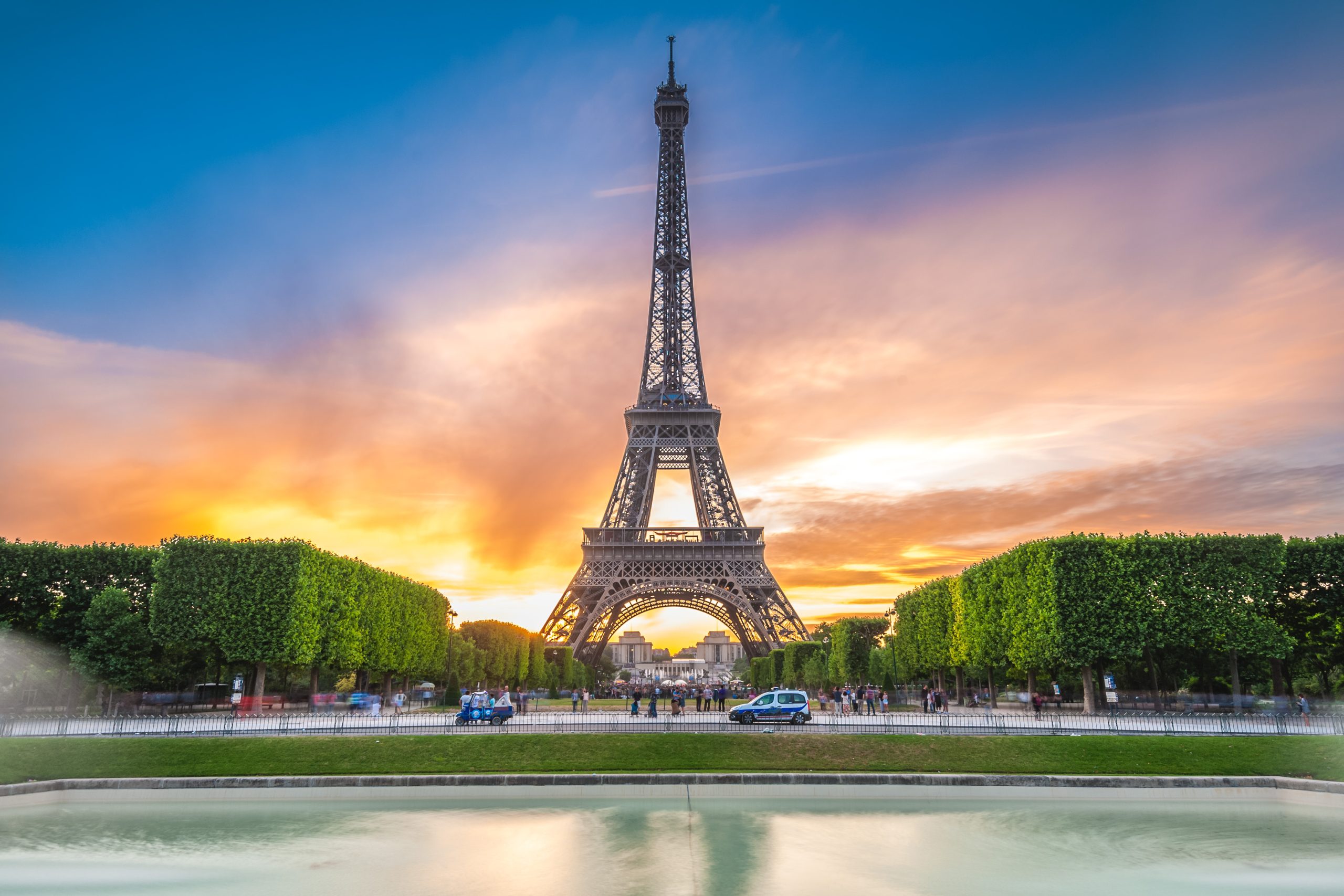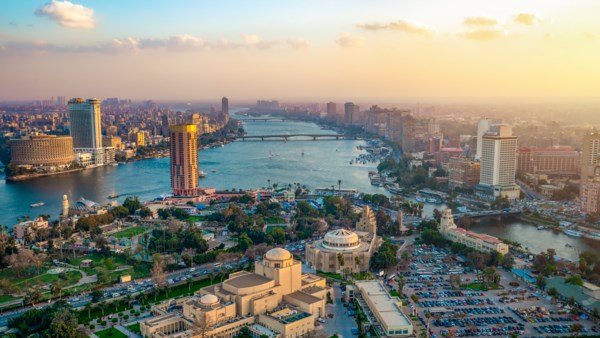DAY 7 – ESNA
Ancient Egyptians knew Esna as Latopolis, named for the largest of the perch species that swam in the Nile’s sacred waters. Its ancient past lives on in the colorful street market overflowing with fabrics, carpets, brassware, mother-of-pearl keepsakes and more. Esna’s glorious Temple of Khnum is celebrated for its 1st-century Roman Hypostyle Hall, 24 columns topped with intricately carved floral capitals. Its walls are adorned with images of Roman emperors making offerings to Egyptian gods.
DAY 8 – ASWAN
Aswan stands at what was once the northern border of ancient Nubia, a remarkable region that encompassed the land eastward from the Libyan Desert to the Red Sea and northward from central Sudan to southern Egypt. As a UNESCO Creative City of Crafts and Folk Art, present-day Aswan strives to preserve its rich heritage. Its efforts include the Aswan Folk Dance Troupe that performs internationally, the Nubian Museum showcasing Nubian daily life and craftwork, and the Aswan International Symposium of Sculpture encouraging the practice of ancient Egyptian granite stone carving.
DAY 9 – ASWAN & KOM OMBO
Located at the first cataract of the Nile, a set of rapids coursing through a rocky riverbed, Aswan has long been a terminus town on the Nile. Today, the trading tradition continues in the city’s lively market near the Nile’s banks. The city also thrived due to the massive quantities of granite quarried here to build the country’s countless ancient temples, obelisks and pyramids. In the 1960s, completion of the Aswan High Dam created Lake Nasser. As the lake rose, the city became a magnet for archaeologists intent on saving ancient temples from submersion.
Kom Ombo is a small town along the Nile. In the heart of one of Egypt’s fertile agricultural regions, it is surrounded by vast fields of sugarcane and corn. The village is home to a large Nubian population, many of whom were displaced when their homes were submerged by construction of the Aswan High Dam and the creation of Lake Nasser. The town’s highlight is its namesake temple, perched on a low hill overlooking the Nile. Construction was started by an Egyptian pharaoh in the 2nd century BC and completed by a Roman emperor around 30 BC.
DAY 10 – EDFU & LUXOR
Edfu is steeped in Egyptian legend. In this sacred place, ancient myth says that the falcon god Horus battled his uncle Seth after Seth brutally killed Horus’s father Osiris. To honor Horus, the people of Edfu built a grand temple from 237 to 57 BC, a young structure by Egyptian standards. Egyptologists have paid particular interest to its design, as it closely resembles that of much older temples. Nearby, an ancient settlement provides hints of life along the Nile, with its interesting artifacts dating as far back as 3100 BC.
Home to a wealth of archaeological treasures, Luxor boasts a rich history and cultural heritage. One of the best ways to experience this is with a visit to the Luxor Museum. Located downtown, its doors have been opened to the public since 1975, when it was founded under the initiative of the Ministry of Culture of Egypt. Its thoughtfully curated collection showcases artifacts spanning from the Old Kingdom to the Mamluk sultanate. Among its most notable exhibits are those displaying the mummies of Ahmose I and Ramses I, and objects excavated from King Tutankhamen’s tomb.
DAY 11 – CAIRO
After breakfast, disembark your ship and fly to your destination. Arrive and check in to your hotel. Souks (marketplaces) are central to Egypt’s social, cultural and economic traditions. A microcosm of the city, they provide a glimpse into local life, history, art, crafts and food. And in Cairo, they are in abundance, with one of its most notable lying in the historic heart of the city. Originally established as a caravansary in 1382, Khan el-Khalili is not only the largest souk in Cairo, but also the oldest in the Middle East. Its vast labyrinth of passageways is lined with bustling stalls and shops offering a wide range of goods.
DAY 12 – CAIRO
Cairo has been a cultural capital of the Middle East for years. Its long-awaited Grand Egyptian Museum is the largest archeological museum in the world and home to King Tut’s entire treasure collection. As the hub of the Arab film world, leading stars of the silver screen and television have made Cairo their home. Residents here follow a hectic rhythm, with cars honking, vendors shouting and throngs of people wandering the streets, from morning ‘til night. But its infectious spirit makes this bustling capital a delight to explore. After breakfast, check out of your hotel and journey home.
* One shore excursion included per port; all others available at an extra charge.
